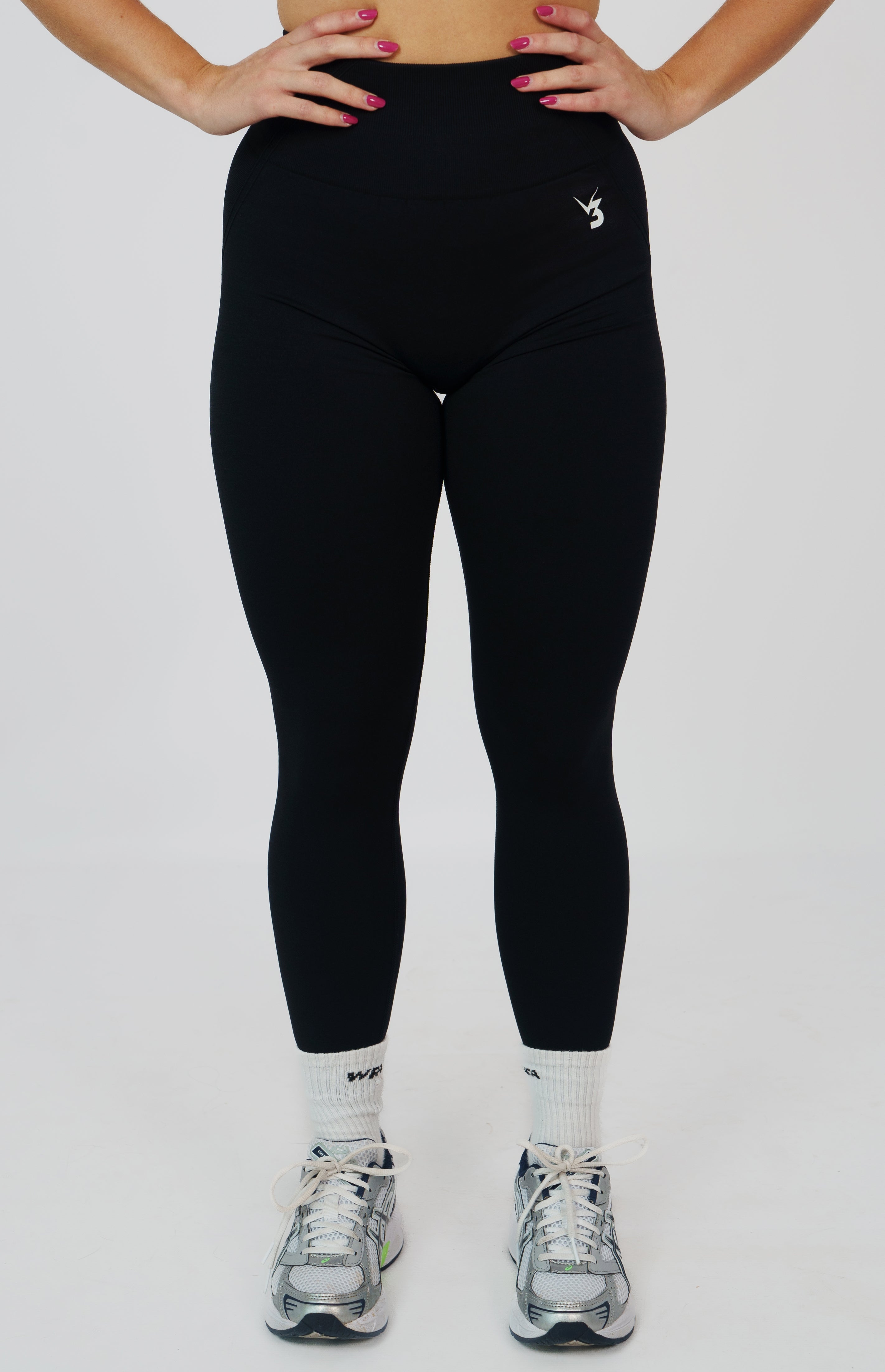
How Many Times Should Women Workout Each Day?
Tailoring Your Exercise Routine: How Often Should Women Work Out?
Women, like men, have varying fitness goals and lifestyles. The frequency of workouts can significantly impact health, fitness, and overall well-being. So, how many times should a woman work out each day? The answer depends on several factors, including individual goals, fitness level, and available time. This article delves into the science behind workout frequency to help women make informed decisions about their exercise routines.
The General Guidelines
-
Aerobic Exercise: According to the American Heart Association (AHA), adults should aim for at least 150 minutes of moderate-intensity aerobic activity or 75 minutes of vigorous-intensity aerobic activity per week [1]. This guideline, which applies to both men and women, translates to about 20-30 minutes of exercise most days of the week.
-
Strength Training: The American College of Sports Medicine (ACSM) recommends strength training exercises for all major muscle groups on two or more non-consecutive days per week [2]. Strength training can help women maintain muscle mass, increase metabolism, and improve overall function.
Individual Goals and Considerations
Workout frequency should align with individual fitness goals. Here's a breakdown of common goals:
-
Weight Management: For weight loss or weight maintenance, women may benefit from daily or near-daily exercise, combining both aerobic and strength training activities [3]. This can help burn calories and build lean muscle mass.
-
Muscle Building: Those looking to build muscle should include strength training sessions at least three to four times a week. Rest days between sessions allow muscles to recover and grow [4].
-
Cardiovascular Health: To improve heart health and reduce the risk of chronic diseases, women should engage in moderate to vigorous aerobic exercise most days of the week [1]. This can include activities like brisk walking, jogging, or cycling.
-
Stress Management: Exercise is an effective stress reliever[^5^]. Incorporating daily physical activity, such as yoga or meditation, can help women manage stress levels.
The Importance of Rest
While regular exercise is essential, rest days are equally important. Overtraining can lead to burnout, injury, and decreased performance. Rest allows the body to recover, repair tissues, and adapt to exercise [6].
Adaptation and Variety
The body adapts to exercise over time, which can affect the required workout frequency. To continue making progress, it's essential to incorporate variety into your routine. Changing the type, intensity, or duration of workouts can help prevent plateaus [7].
The Role of Professional Guidance
Individualised workout plans can provide the most effective results. Consulting with a fitness professional, such as a certified personal trainer, can help women determine the optimal workout frequency based on their goals and fitness levels.
Women's Fitness Goals: Deciphering the Right Workout Frequency
The ideal workout frequency for women varies based on individual goals and lifestyle. General guidelines suggest at least 150 minutes of aerobic activity per week, coupled with strength training exercises. However, personalization is key, and consulting with a fitness expert can offer tailored recommendations for optimal results.
References
- American Heart Association (AHA). (2018). American Heart Association Recommendations for Physical Activity in Adults and Kids.
- American College of Sports Medicine (ACSM). (2009). American College of Sports Medicine position stand. Progression models in resistance training for healthy adults. Medicine & Science in Sports & Exercise, 41(3), 687-708.
- Thomas, D. M., et al. (2012). Can a weight loss of one pound a week be achieved with a 3500-kcal deficit? Commentary on a commonly accepted rule. International Journal of Obesity, 37(12), 1611-1613.
- American College of Sports Medicine (ACSM). (2009). American College of Sports Medicine position stand. Progression models in resistance training for healthy adults. Medicine & Science in Sports & Exercise, 41(3), 687-708.
- Salmon, P. (2001). Effects of physical exercise on anxiety, depression, and sensitivity to stress: A unifying theory. Clinical Psychology Review, 21(1), 33-61.
- Horder, M., et al. (2015). The effect of short-term overfeeding on physical activity and energy expenditure. Physiology & Behavior, 152, 293-298.
- Kraemer, W. J., & Ratamess, N. A. (2004). Fundamentals of resistance training: Progression and exercise prescription. Medicine & Science in Sports & Exercise, 36(4), 674-688.











































